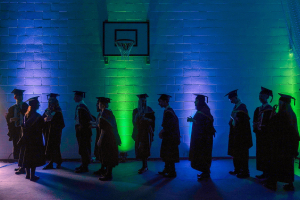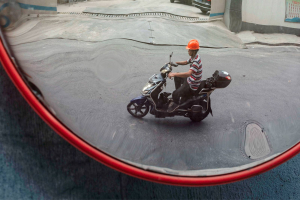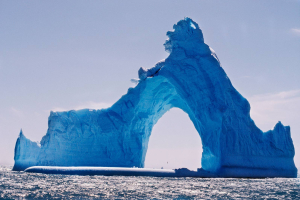Returns to Schooling: Estimates for Russia
Human capital – the skills, knowledge, and competencies of the labour force – is crucial to economic development, personal well-being, social prosperity, and the reduction of social inequality. That is why the return to schooling is a popular research topic. Returns to schooling or returns on investment in schooling represent the relationship between years of schooling and earnings. Private returns mean the increase in earnings from each additional year of schooling, while social returns are the increase in the national income from each additional year of average schooling.
For instance, a study of 139 countries conducted by World Bank economists shows that, on average, global private returns to education are 10%, while at the same time, low- and middle-income countries enjoy higher returns than the high-income ones. Another global research study, also carried out by the World Bank, argues that, for more than six decades, private returns on investment in education have been about 9% on average and are generally quite stable over time (since the early 2000s, returns have been a little higher than in the past century).
In Russia, private returns to education soared in the 1990s, peaked in the early 2000s, when they exceeded 9%, and have been on a steady decline ever since, reaching 5.4% in 2018, as shown by World Bank experts Ekaterina Melianova, Artem Volgin, Suhas Parandekar, and Harry Anthony Patrinos in their new study that analyses changes in this indicator over 1994–2018. This figure is almost half the world average. Russia's returns to higher education fell from a record of 18% to 8% by 2018, and they are now slightly lower than the EU average (10%) and more than 50% lower than the world average (15%). In Russia, returns to schooling are higher for women than for men (see the chart), but the gap is gradually narrowing.
On average, an additional year of schooling in Russia provides a relatively small, and consistently declining, increase in wages, the researchers say. Over the last 10 years, the average returns to education have been 6.3%, among the lowest in the world. Low returns to schooling can be both a cause and a result of low productivity and have a negative impact on human capital accumulation.
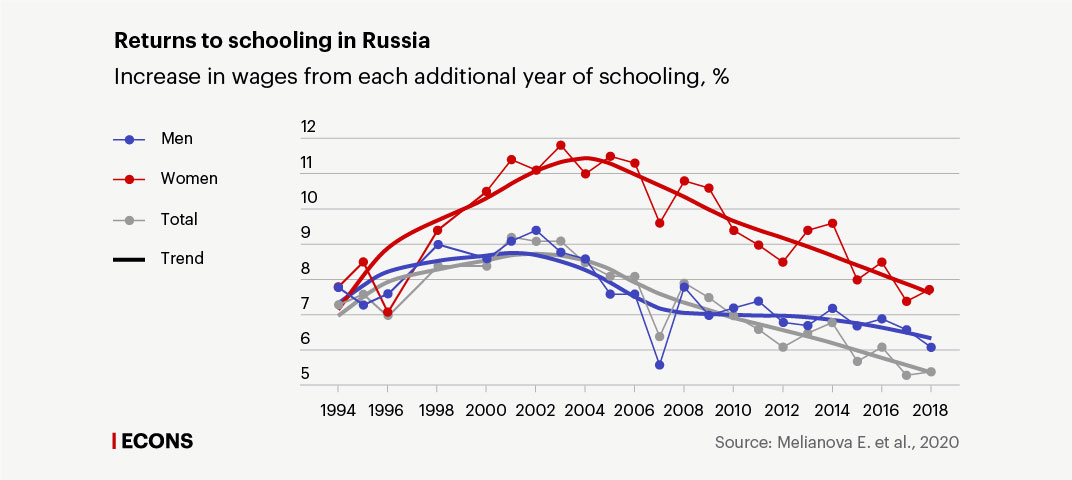
Unsolicited capital
In Russia, returns to higher education are on the decline, while access to it is growing, note Melianova and co-authors. Russians are, by and large, highly educated: only 14% of adults (aged 25–54; as of 2018) have completed only secondary education or below. The rest are divided into two almost equal groups: those who have completed vocational training or vocational secondary education (45%), and those who have completed higher education (41%).
Just 25 years ago, the proportion of adults with vocational training was nearly twice the proportion of those who had graduated from higher educational institutions. The share of Russians with higher education has increased by almost 2.5 times over this period (from about 26% in 1994) due to the decreasing proportion of those who have completed only secondary or vocational education.
In the recently published Human Capital Index 2020, which is compiled by the World Bank using education and health data (see the inset), Russia ranks 41st out of 174 countries and is one of the top five countries with the fastest HCI growth registered over the past 10 years. Russia’s progress (the top five also includes Macao, Albania, Côte d'Ivoire, and Azerbaijan) is primarily attributed to improvements in adult survival, marking a rebound from the drop in life expectancies in the post-Soviet era, and improved school enrolment, note the creators of the index.
The quality of Russian schooling is high compared to international standards: according to a rating of primary school student achievement (PIRLS – the Progress in International Reading Literacy Study, evaluating reading comprehension at the fourth grade), Russia ranks first out of 50 countries. According to an international assessment of the quality of secondary school (based on the PISA framework - the Programme for International Student Assessment), Russia’s secondary school education is at the average OECD level. The question is what happens next, the researchers contemplate.
In 2017, the average Russian was 80% wealthier than in 2000, but despite such impressive growth, Russia’s wealth per capita as proxied by human capital is only about one-fifth of the OECD average, or about $100,000 vs. $500,000 (at 2014 values). According to a World Bank report published last year, human capital (which, in this report, is measured as discounted labour market earnings adjusted for education and qualifications and excluding health indicators) accounts for a major part of Russia's wealth, 46%. However, it is 30% lower than the OECD average, where human capital accounts for 70% of wealth on average.
The average annual growth rate of human capital decreased from 4.7% in 2000–2010 to a mere 1.8% in 2011–2017; should this persist, the report argues that Russia will need 100 years to catch up with the OECD. If the growth rate doubles to 3.5%, reaching the average rate of 2000–2017, it will take 50 years. In order to enhance human capital, the World Bank report recommends that Russia improve higher education (Russian universities lag behind the higher institutions of other countries), make vocational training more efficient and relevant, and enhance healthcare productivity and funding (the Russian government spends only 3.1% of GDP on healthcare, which is less than half of the OECD average).
Improving returns to vocational training and higher education and the state of the labour market are crucial to closing the gap between Russia and the OECD countries in terms of wealth as proxied by human capital, write Melianova and her co-authors.
According to their estimates, in 1998, employees with higher education earned 63% more than those with secondary education (i.e. university graduates earned 63% more than those who completed high school only), and over the next 20 years, the gap narrowed to 40%. At the same time, the vocational training premium became almost non-existent (falling from 19% in 1998 to a mere 2% in 2018). The extremely low and declining returns to vocational education require an evaluation of its relevance and ability to meet the needs of the labour market, note the authors. Higher education may have exhausted its growth potential and needs to become more productive, they believe.
The job structure of the Russian labour market does not correspond to the supply of educated labour. One of the reasons for this is the detachment of the training programmes offered by higher institutions from the market reality, as a study of the HSE Centre for Labour Market Studies showed in 2008. Underutilisation of human capital and money spent on education that ends up being useless cause not only financial but also social losses for people. However, given the booming supply of educated labour against the background of a stagnating economy, these returns to schooling can hardly be considered low, says Vladimir Gimpelson, Director of the HSE Centre for Labour Market Studies, in his recent overview of the Russian labour market.
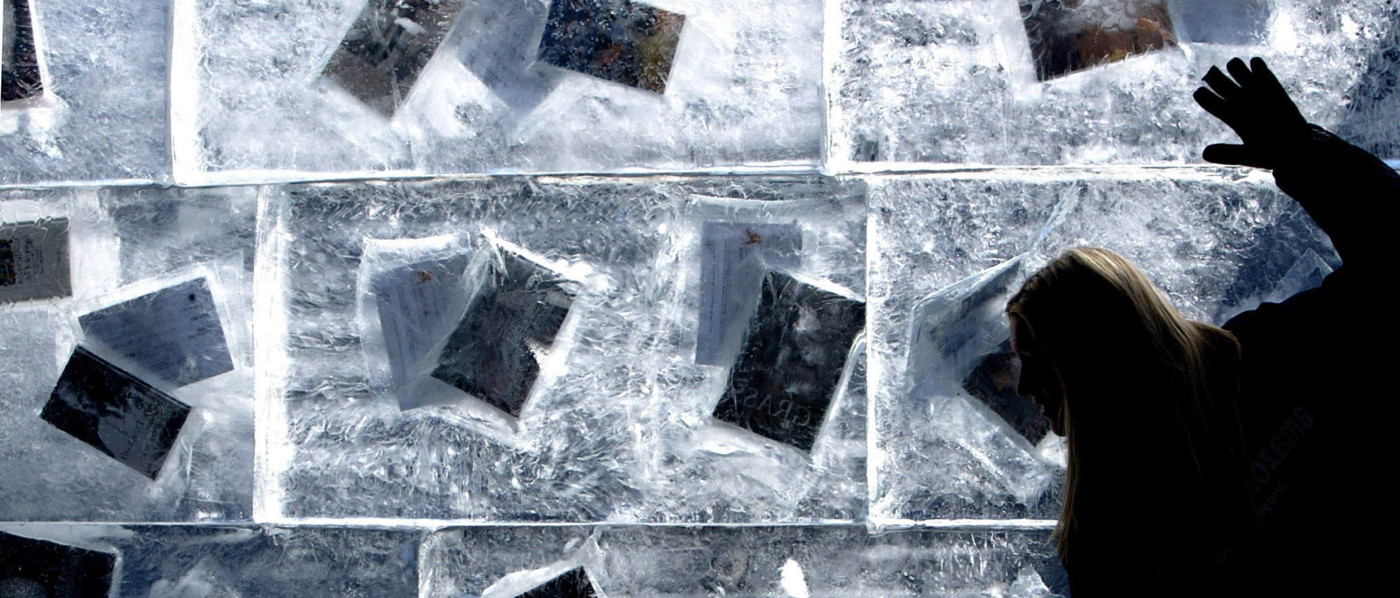
.png)


